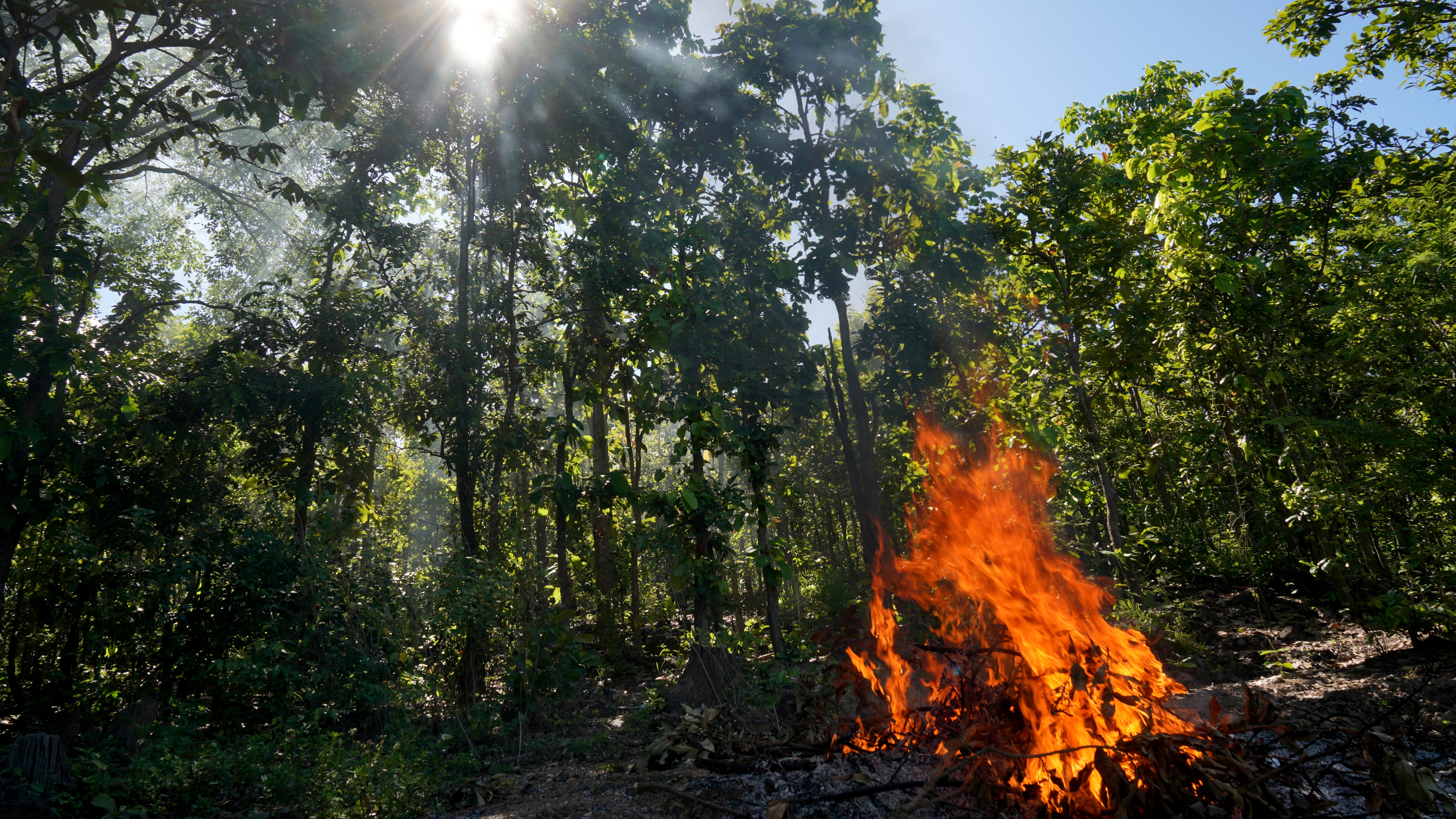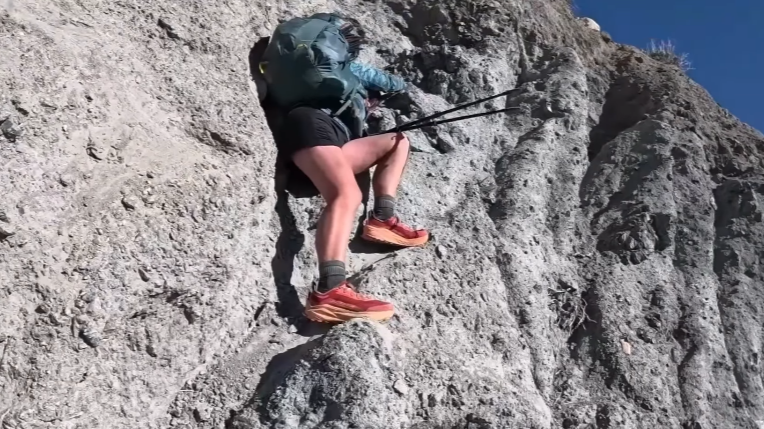What is a Red Flag Warning – and what does it mean for hiking and camping?
How to stay safe when the conditions raise a red flag

With hiking season underway, there are lots of reasons for you to be checking the mountain weather forecast each day. Before you lace up your hiking boots, you’ll want to know if you need to be worried about afternoon thunderstorms in case you need to be off the summit before noon. If there’s an Excessive Heat Warning in effect, you might want to raincheck that camping trip until conditions are more favorable. But what should you do during a Red Flag Warning?
These alerts pop up on the weather forecast with some frequency during the warmer months, and especially in the mountain areas where we love to hike and camp. But what does it actually signal? In this article, we take a look at what this term means, and how you can stay safe when the conditions raise a red flag.
What is a Red Flag Warning?
A Red Flag Warning is issued by the National Weather Service to alert fire managers on federal lands when high temperatures combine with low humidity and high winds. Together, these conditions increase the likelihood of dry kindling on forest floors. This cocktail of meteorological factors signals an extremely high risk of wildfires, which according to the National Centers for Environmental Education burned over 117,000 acres of land in the US in 2023.

What should you do during a Red Flag Warning?
Red Flag Warnings are primarily to alert fire managers not to carry out any prescribed burns and to be on the lookout for wildfires, however everyone can help to reduce the risk of wildfires with the following actions:
- Rake dead leaves and vegetation on your land
- Keep your lawn short and well-watered
- Don’t operate machinery that could cause a spark near dry brush
- Never throw cigarettes out of your vehicle (or anywhere)
- Extinguish all campfires and BBQ grills properly by dowsing them with water – you should be able to touch the ashes before walking away

What does a Red Flag Warning mean for hiking and camping?
Any indication that fire danger is high should definitely get you thinking, especially if you’re planning an overnight trip where you might want to build a campfire and cook food outdoors.
On its own, a Red Flag Warning is for fire managers, but the conditions that prompt one do have implications for anyone recreating outdoors. There may be a fire ban in place and if you’re going camping, you’ll want to check that before you go. Some fire bans mean that you can still have a campfire inside an approved ring while others mean no fires whatsoever, but you can usually still cooK over a gas camping stove. Learn more in our article on dealing with fire bans with suggestions for how to camp without a fire (you might want extra insect repellent for the mosquitos for starters).
If there’s a Red Flag Warning in effect and you’re going camping or hiking, it’s also a good idea to check state resources to find out about wildfire risk and current wildfires in your area. A blaze close to where you’re going poses an immediate threat to life and that area should be avoided at all costs, but a fire hundreds of miles away could still make the air quality unsafe for hiking.
Advnture Newsletter
All the latest inspiration, tips and guides to help you plan your next Advnture!
If you’re seeing a lot of Red Flag Warnings in your area this year, make sure you read our article on wildfire safety so you know what to do if one breaks out near the trail. The best way to avoid wildfires is to prevent them in the first place, so avoid starting fires if you don’t need to, and be responsible for extinguishing them properly when you do.
Julia Clarke is a staff writer for Advnture.com and the author of the book Restorative Yoga for Beginners. She loves to explore mountains on foot, bike, skis and belay and then recover on the the yoga mat. Julia graduated with a degree in journalism in 2004 and spent eight years working as a radio presenter in Kansas City, Vermont, Boston and New York City before discovering the joys of the Rocky Mountains. She then detoured west to Colorado and enjoyed 11 years teaching yoga in Vail before returning to her hometown of Glasgow, Scotland in 2020 to focus on family and writing.

